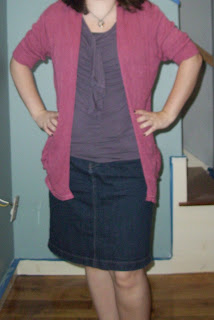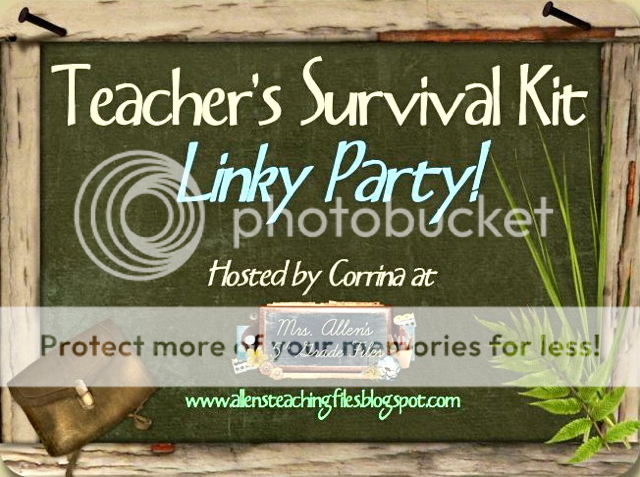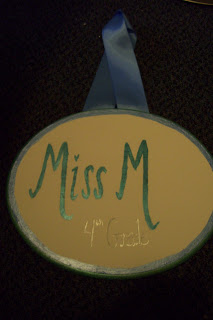As I get closer and closer to going back to work (my sympathies if you're already there!), I start thinking about rules and classroom management. I know a lot of you are doing Whole Brain Teaching, which comes with own set of rules, and some of you already have rules in place, but I thought I would share what I do (after all, isn't that why we all started blogging?)
I may have mentioned this before, but I have been trained in
Responsive Classroom (for free! There was a trainer in one of the districts I worked in, and you better believe that I was one of the first people to sign up for it!). I use their approach to help me create the classroom rules with my students. It is a multi-day process, but I find kids are usually really good the first few days (the honeymoon effect :), so we don't need them. The best part of the process (in my opinion) is that the kids create the rules. And they can never say that's not fair since they came up with them!
The first thing I do is to talk about what my Hopes and Dreams are for the school year. Hopes and Dreams are things that I want to accomplish, or what I really what to learn about this year. I find that if I talk about my expectations for what I want to learn about, I get better responses from the kids. There are some
books to help kids with understanding hopes and dream to give them a better example.
Then I have the kids create their own Hopes and Dreams, and we display them in the room for the whole year. I've used balloon cut-out the past few years, but this year I am either going to use clouds or stars. There are MANY different ways to display Hopes and Dreams, depending on your style, grade level and kids.
Creating Hopes and Dreams is a one to two day process. The next day after we create our Hopes and Dreams, I ask the kids to share them and ask them what kinds of rules they think we need to make sure that everyone can reach their Hope and Dreams. I write their suggestions down on chart paper or sentence strips. Last year, my kids came up with 60 + rules!
Now comes the fun part. The next day, (after you have cute apart all the rules...this is why you might want to use sentence strips!), tell the kids that we are going to sort the rules, and see if we can find some commonalities so we can come up with a couple of rules, instead of trying to remember all of them.
Amazingly, all the rules the rules they come up with will fit into 1 of 3 categories: Respect for self; Respect for others; Respect for School/Materials. I always add on an addtional one...To have fun and try our best while learning. I always try to frame them in the positive, as I think the kids respond better.
I also model the rules for them whenever we do something (That's a big part of
Responsive Classroom, interactive modeling, and it's just good teaching practice!) and ask the kids to show me the right and wrong way of following the rules.
Last year my rules were: Be a Good Learner and Thinker; Be a Good Friend; Be Responsible for School and Materials and To Have Fun While Learning.
These cover a multitude of things. That kid who is throwing things...not being a good friend or respecting materials. The kid who keeps talking out? Not being a good learner/thinker or a good friend. That kid who can't work in groups and is always arguing with partners (I had like 7 of those last year!)? Not being a good learner or a good friend.
I always type these up after they are agreed upon, and have the kids sign them. I then display it with our Hopes and Dreams around them. From time to time, I remind them that
they came up with the rules, not me, so they can't be unhappy with them.
If you are interested in learning more, I
highly reccomend that you get this book:
 |
| Clicking on the book will take you to its Amazon page. |
I hope this helps some of you! Please, if you have any questions, let me know, or go check out the
Responsive Classroom website.
Please note that RC has not contacted me or that I am being compensated in any way...I just truly believe in their methods!
Smiles and Sunshine,
Kaitlyn
 Shoes: DSW
Shoes: DSW














































